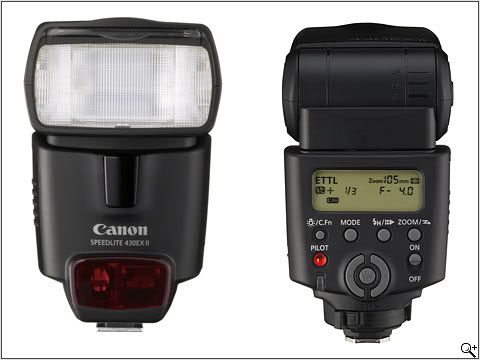The essence of photography is capturing light. And one of the main reasons why we wanted to upgrade to a DSLR was to be able to take better low-light photos -- most of the pictures we take are indoors, at evening events. It's much easier to get a fabulous shot of an outdoor vista, when the sun is shining brightly to illuminate the whole world... We were hoping that having a better sensor and larger lenses would help us get the indoors money shots.
And our camera does do a lot! But we discovered that the really key piece of this puzzle was having a good external flash.
Meet the Canon Speedlite 430EX II:

Isn't she a beauty? She's much more powerful than the camera's built-in pop-up flash, and much more versatile.
And wow, does having her make a difference in our pictures. Here are two from our recent small group "M" party:
I took the top picture before I realized that I really needed to use a flash. I've tweaked it a little in Photoshop to get rid of the yellowish tone, but you can still tell the difference in light quality. Plus, the camera had to have a slower shutter speed in order to properly expose the picture, which resulted in some motion blur on Mimi's face. The bottom picture is so much nicer.
The other thing I love about the Speedlite is its versatility. You can rotate and angle the flash head so that it points up or to either side, in order to bounce the flash off of the ceiling or a wall. And bounce flash is what has really revolutionized our pictures.
Here's an extreme example, showing the difference between straight-on flash and bounce flash:
This is David taking pictures of himself in the mirror of our dark bathroom. :) Obviously, straight-on flash caused overexposure of the flash head itself, but it also washed out all the other colors in the photo. The bounce flash made for a much more natural light.
Here's another example, to show why I always, always bounce the flash off the ceiling (assuming that there is a ceiling, and that it's white -- otherwise, you'd get off colors reflected):
Here's David smiling patiently while I experiment with the lighting at Matt's birthday party last weekend. With the flash straight on, you get the standard "flash photography" snapshot -- washed out colors, and a flat-looking subject. With the bounce flash, you get much more natural light, and more complex highlights and lowlights.
Of course, a lot of this is a matter of preference. I just happen to really like the way bounce flash works in the photos we've taken so far...
But there are some situations where it's much more up for grabs. For instance, the first dance at Jenitta and Stan's wedding. The reception was in a ballroom with high ceilings, and there were flashes going off throughout the whole dance. So I got the following two pictures of Stan dipping Jenitta at the end of the dance:
I'm pretty sure the first picture was the result of catching someone else's flash, while the second is my flash, bounced off the ceiling, but not quite reaching the couple -- I was probably too far away from them.
Part of me likes the higher contrast of the first shot -- you can clearly see that Jenitta's dress was, in fact, white. But another part of me prefers the second shot -- it's a closer representation of what the reception hall actually looked like (dim, romantic lighting), and you don't have any glaring reflections.
So what do you think? Which photo do you prefer? (And hey, might as well open it all up -- of each of the above pairings, which do you like best?)
Your opinions matter to us here at SnapKeddie headquarters... :)










0 comments:
Post a Comment